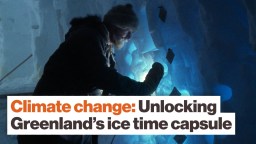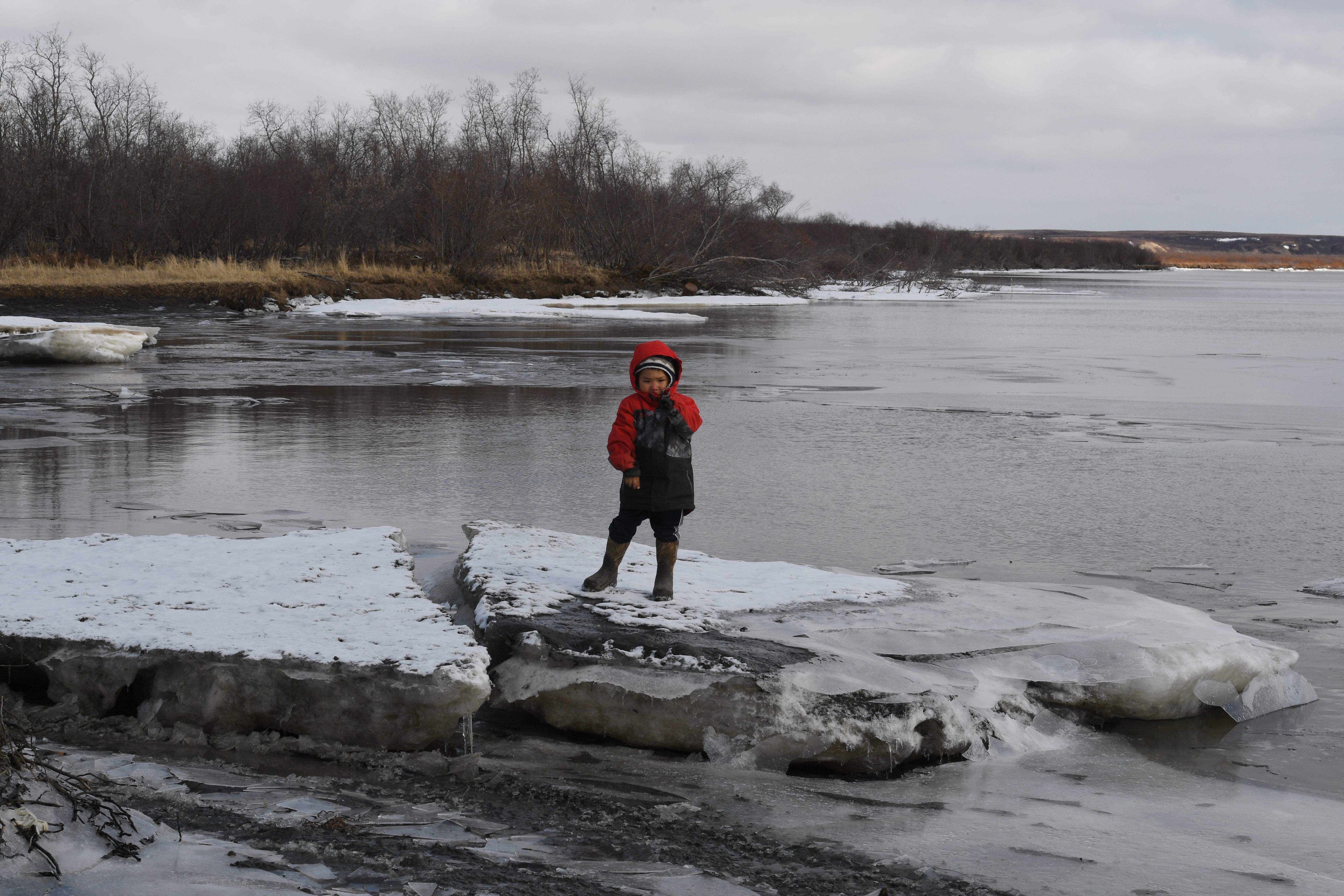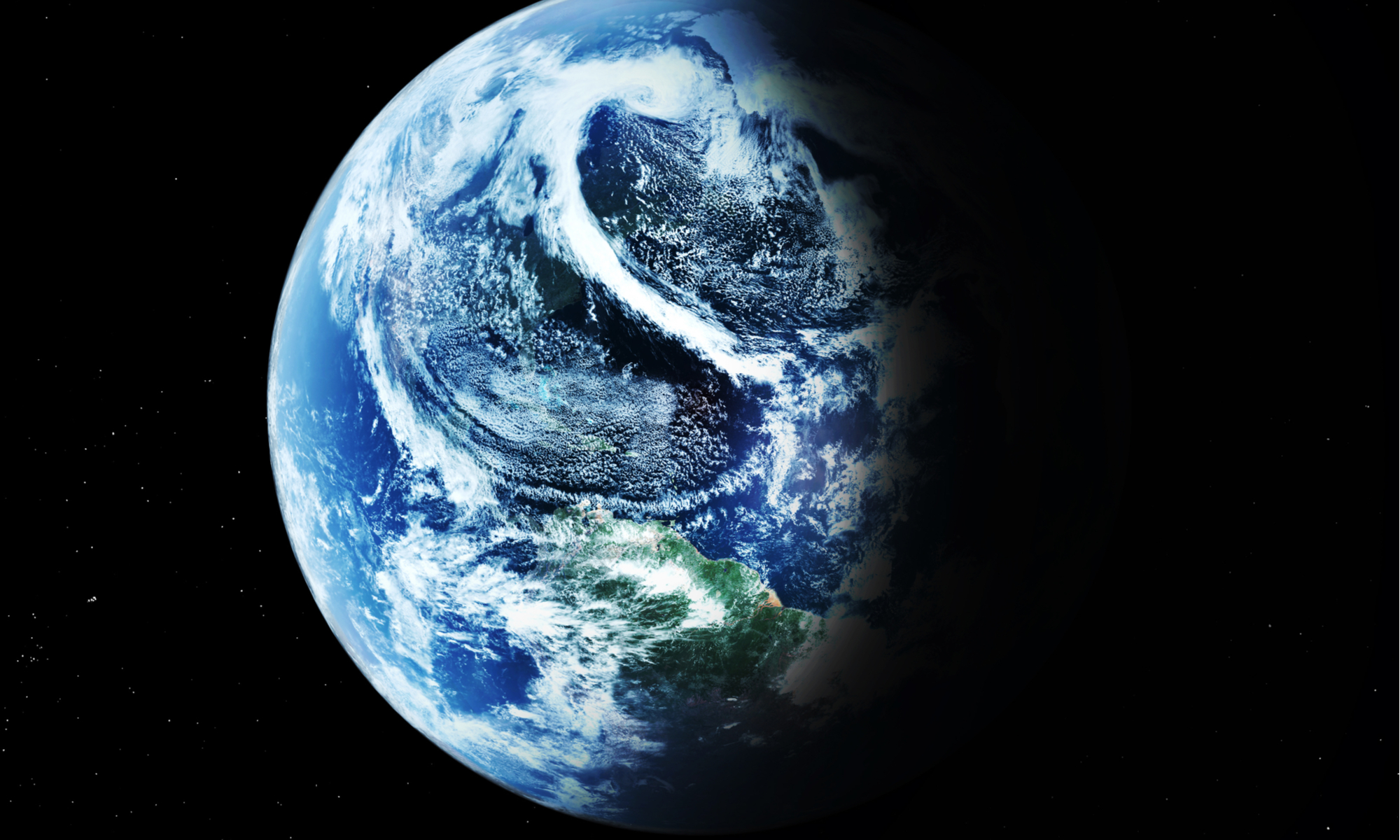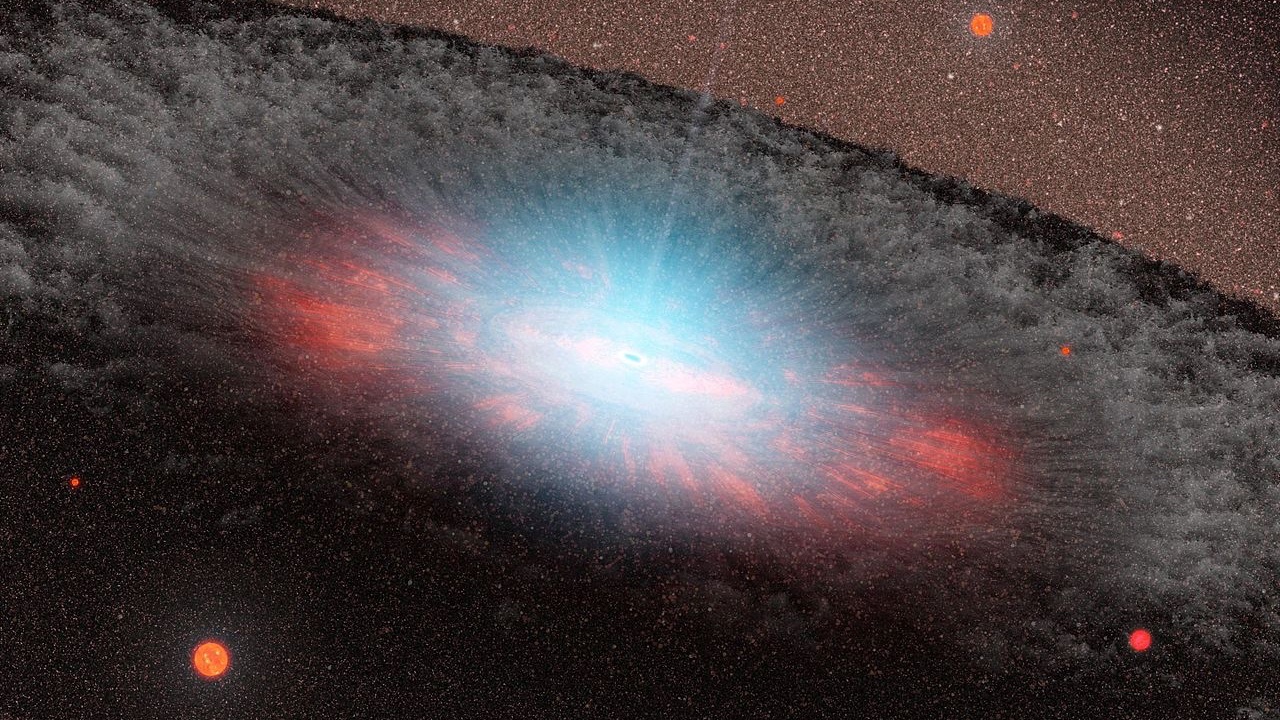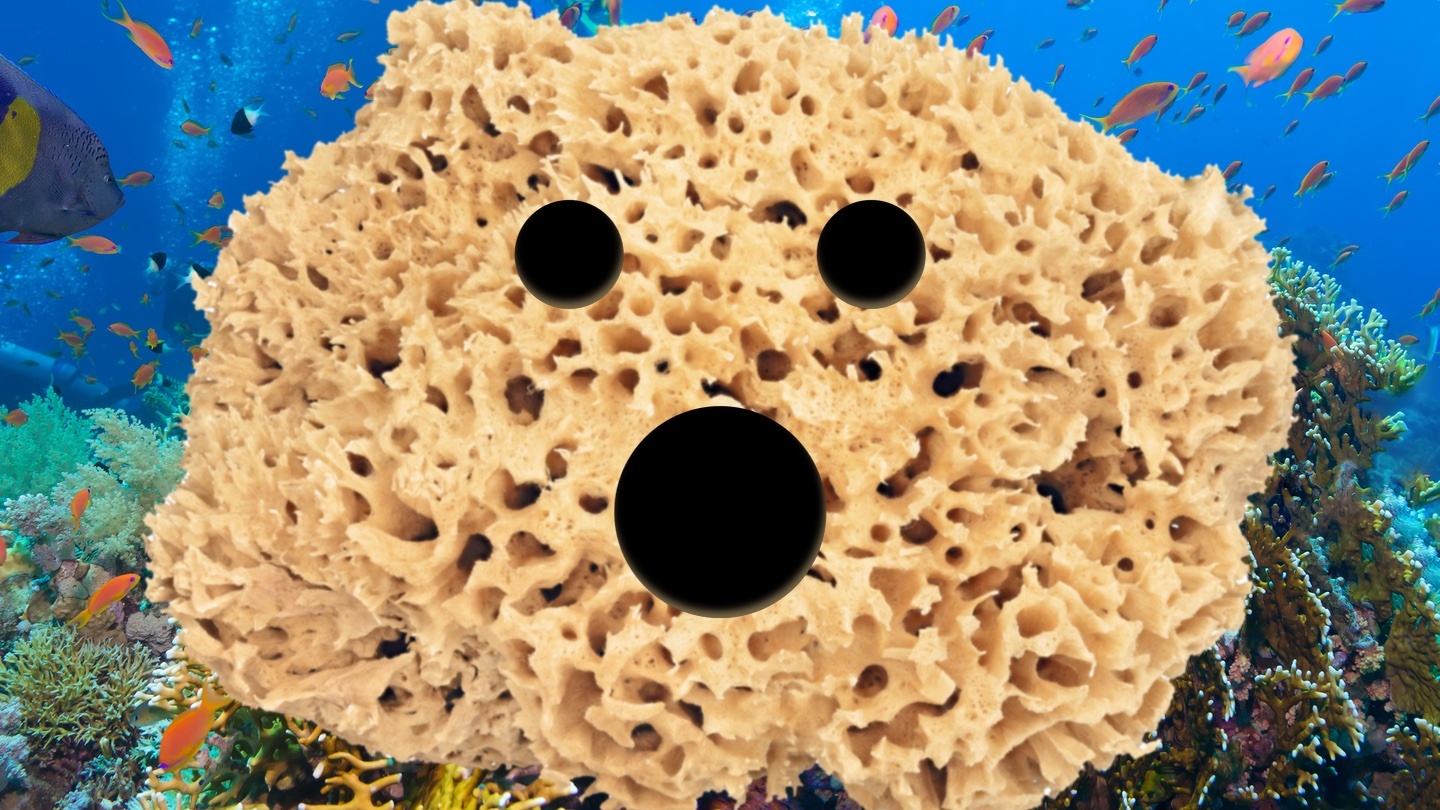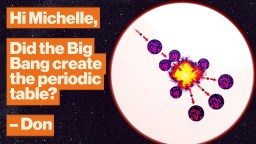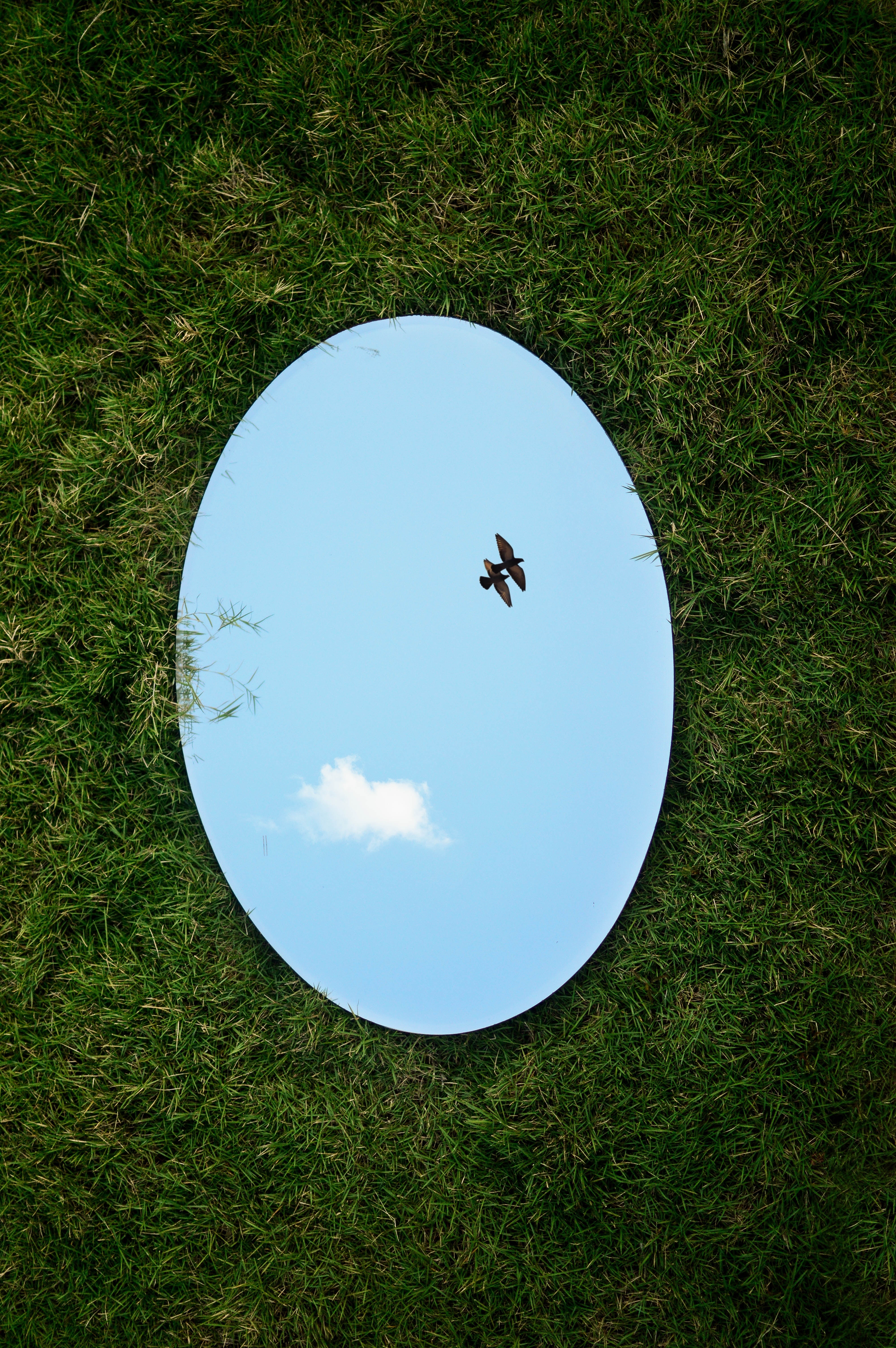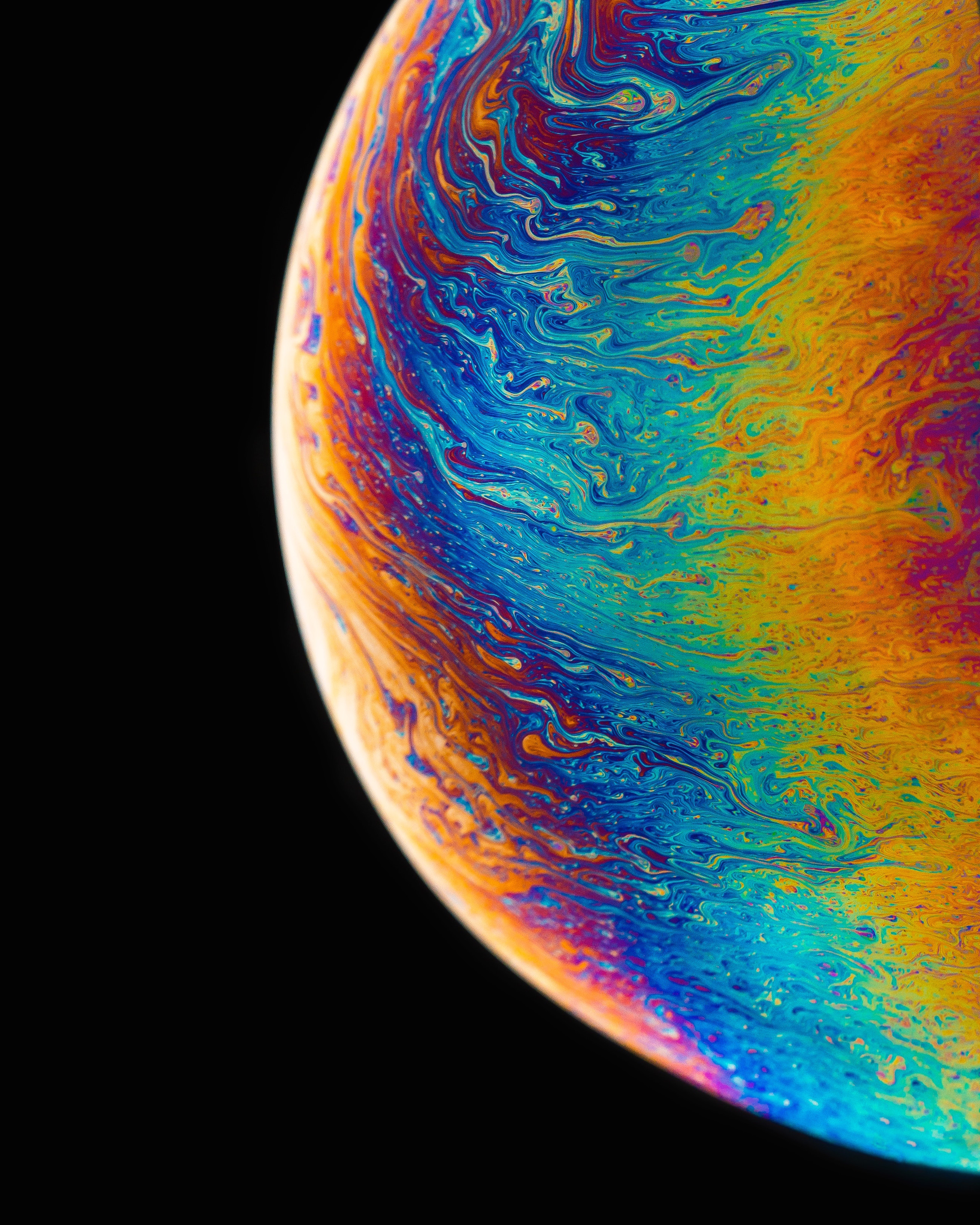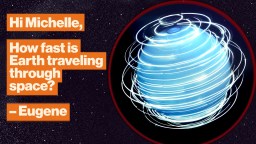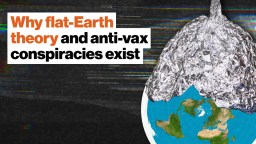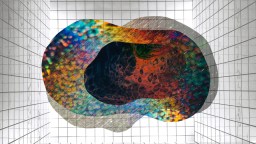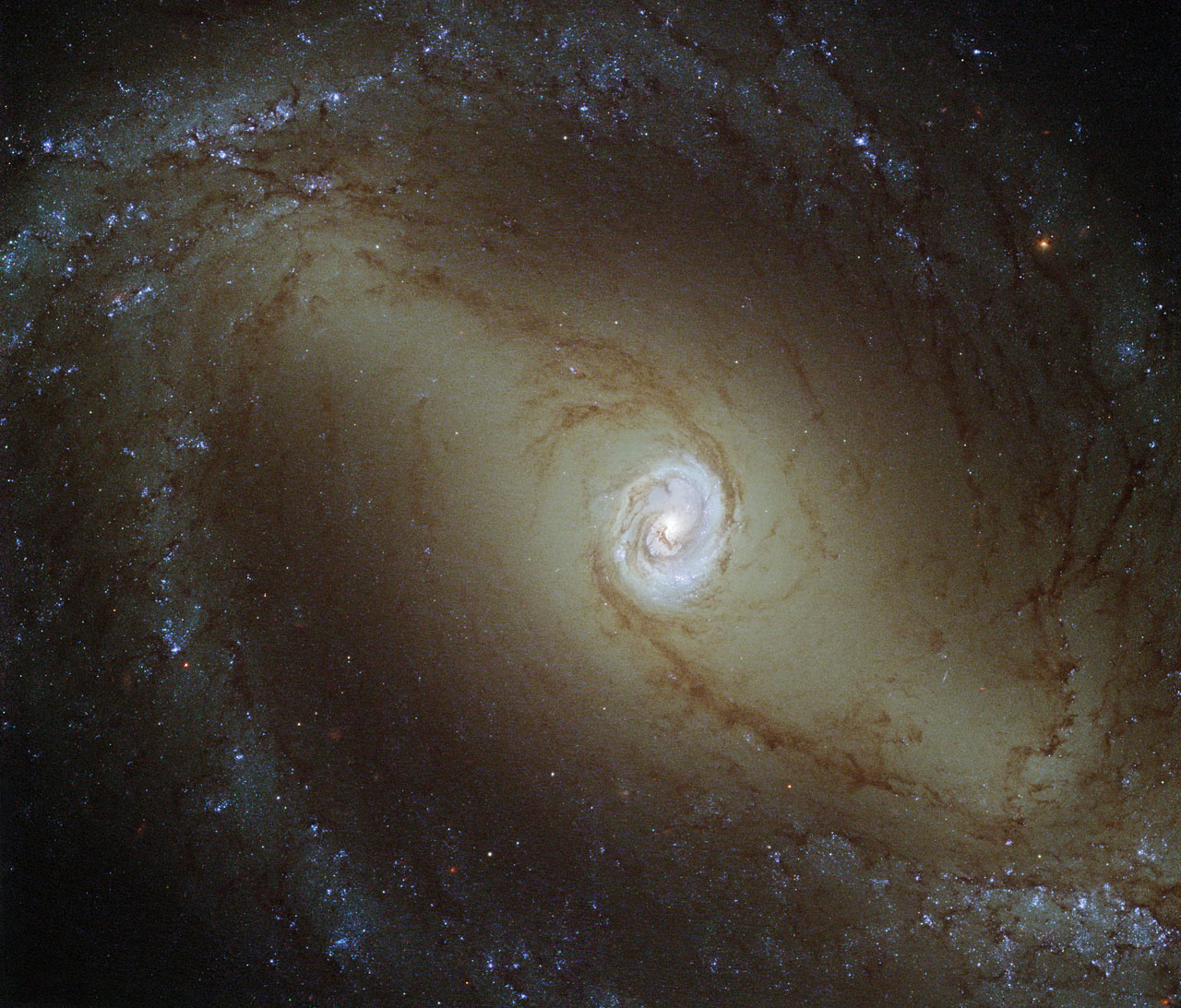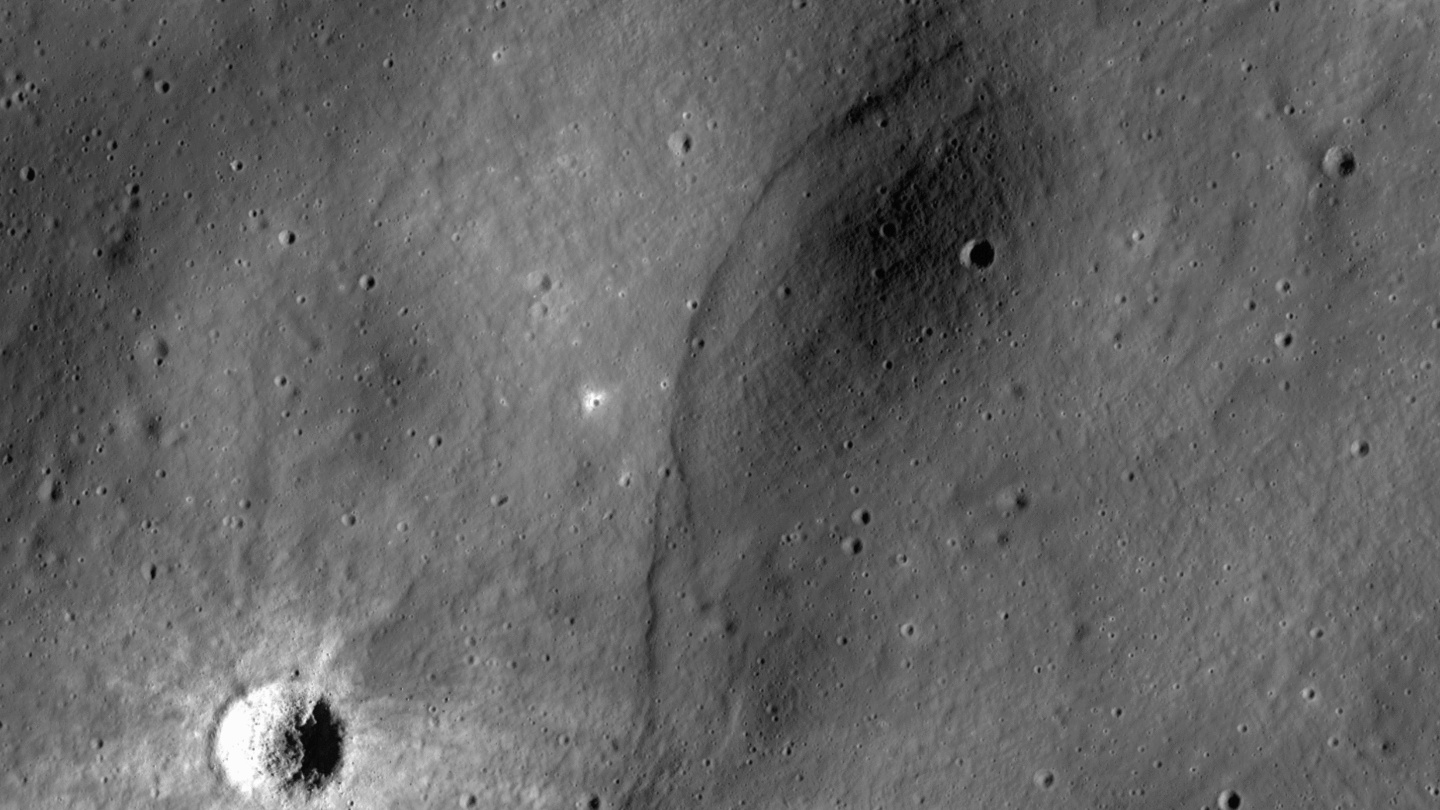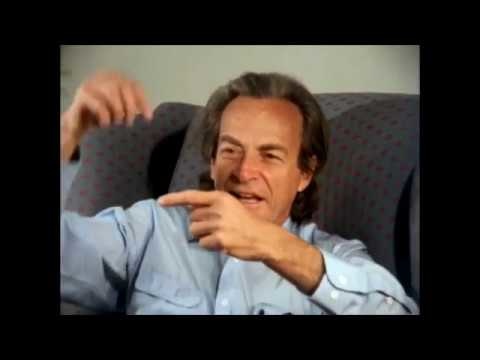Hard Science
All Stories
There are clues to the future and past trapped in Greenland’s ice.
▸
11 min
—
with
Its scarcity could impact scientific research as well as the high-tech industry.
Ever wondered why the longest day of the year happens when it does?
NASA JPL takes a first step toward a GPS for space.
Normally, the landscape in this photo would be a white ice sheet.
It’s a “canary in the coalmine,” said one climate scientist.
Not every part of a satellite burns up in reentry. Considering the growing number of satellites in orbital space, that’s a big problem.
▸
with
When you zoom far enough out, our universe has a very unusual structure.
One of Stephen Hawking’s predictions seems to have been borne out in a man-made “black hole.”
Stems cells have always been pretty amazing.
Celebrity scientists like Donna Strickland are showing that science & faith co-exist just fine.
The periodic table was a lot simpler at the beginning of the universe.
▸
6 min
—
with
A surprise on the far side of the Moon.
New experiments look to the interplay between neutrons and magnetic fields to observe our universal reflection.
Some have suggested that there is no hidden giant out there.
We are hurtling through space. But where are we going?
▸
7 min
—
with
Humans are hardwired to believe in nonsense, says Michio Kaku. So what can we do about it?
▸
4 min
—
with
Intense lightning could have burned us out of the trees.
The massive Starlink satellite network from SpaceX is causing worries.
Black holes may give us a glimpse of the underlying nature of reality.
▸
7 min
—
with
On the eve of receiving the Templeton Prize, Marcelo Gleiser reflects on his life.
The phenomenon that makes our favourite drinks bubbly is, alarmingly, the same one that causes decompression sickness in divers. Why do we still love it?
New research based on observational data from the Spitzer telescope provides clues as to how the universe first emerged from its dark age.
A new NASA report shakes up lunar geology.
A new genetic analysis reveals big differences between cultivated and wild tomatoes and domesticated, store-bought tomatoes.
A high-schooler’s dig experience writes a new chapter in T-Rex history.
Don’t start investing in flux capacitors just yet, though.
Few could match the famous physicist in his ability to communicate difficult-to-understand concepts in a simple and warm fashion.
